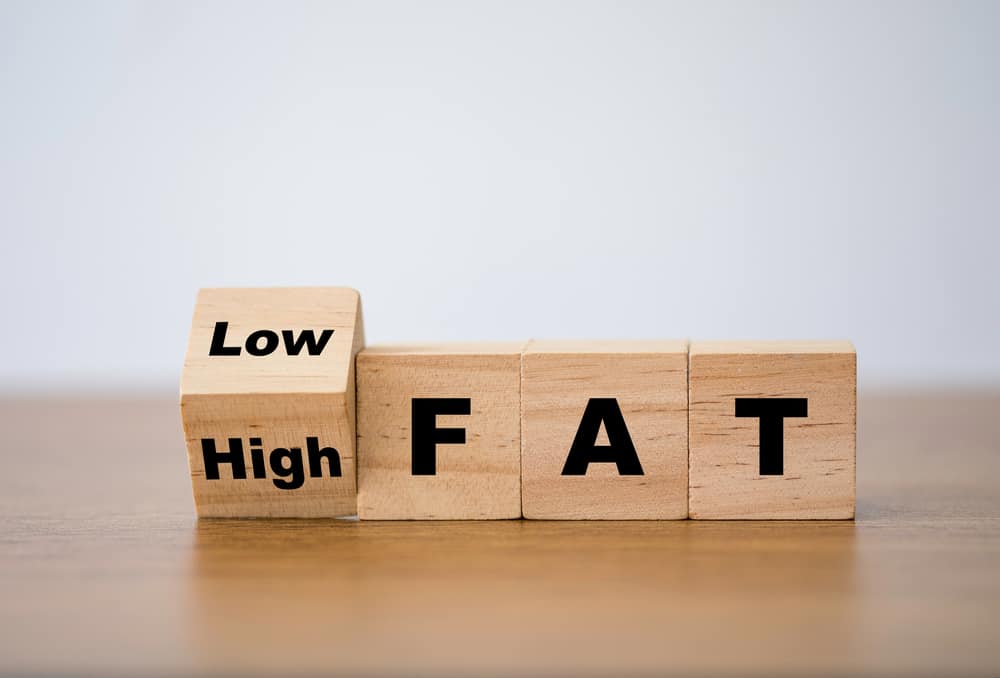A low-fat diet restricts the amount of fat you eat. Low-fat diets are often suggested for people who are overweight or have obesity, high blood cholesterol, or type 2 diabetes. Many different types of low-fat diets are available. Some limit the total amount of fat you eat each day. Others focus on certain types of fat, such as unhealthy saturated and trans fats. Still, others allow a limited number of unhealthy fats per day but require you to eat more fruits, vegetables, and whole grains. A healthy low-fat diet should include a variety of foods from all food groups and should not be too restrictive. It’s essential to find a plan that fits your lifestyle and preferences.
Definition of a Low-Fat Diet
A low-fat diet contains limited amounts of fat and often emphasizes eating foods high in fibre. This diet has been shown to offer some health benefits, including weight loss and reduced cholesterol levels. For people endeavouring to lose weight, a low-fat diet can effectively reduce calorie intake and help promote weight loss. For people with high cholesterol, a low-fat diet can help lower LDL cholesterol levels, which can help improve heart health.
Benefits of a Low-Fat Diet
A low-fat diet has many health benefits. It can help to prevent heart disease, stroke, and other cardiovascular problems. It can also lessen cholesterol and blood pressure and reduce the risk of certain types of cancer. Furthermore, a low-fat diet can help to keep weight under control. For these reasons, it is suggested for people of all ages. Many delicious and nutritious low-fat foods are available, so it is easy to find recipes everyone will enjoy. By following a low-fat diet, you can enjoy better health and vitality for years to come.
Types of Low-Fat Diets
A healthy lifestyle must include a nutritious diet. Consuming various foods makes it easier to receive the fibre, vitamins, and minerals your body needs. Additionally, choosing foods low in saturated and trans fats is crucial. Choosing a low-fat diet is one method to do this.
There are many different types of low-fat diets.
The Dietary Approach to Stop Hypertension (DASH) diet is the most common. This diet emphasizes fruits, vegetables, whole grains, and low-fat dairy products. It also limits saturated and trans fats, sodium, and red meat. Another type of low-fat diet is the Mediterranean diet. This diet includes plenty of vegetables, fruits, whole grains, legumes, nuts, and olive oil. It also limits red meat, processed meats, and sweets. Finally, the Nordic Diet is similar to the Mediterranean Diet but includes fish, lean meats, and whole grains.
Each of these diets has different benefits and drawbacks. For example, the DASH diet may lower blood pressure, but it can also be difficult to follow long-term. The Mediterranean diet has been shown to limit the risk of stroke and heart disease, but it may be hard to find all the ingredients if you don’t live in a Mediterranean country. The Nordic Diet is similar to the other two diets regarding benefits and drawbacks.
Low-Fat Diet plan at Lotus Medical Centre, Brunswick VIC 3056, Australia
A low-fat diet is a dietary plan that restricts the amount of fat you eat. Low-fat diets are often advised for people who are overweight or have obesity, high blood cholesterol, or type 2 diabetes. If you decide to try a low-fat diet, be sure to speak with our dietician at Lotus Medical Centre first about what type would be best for you.

